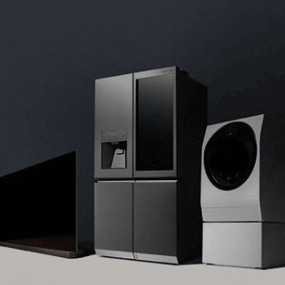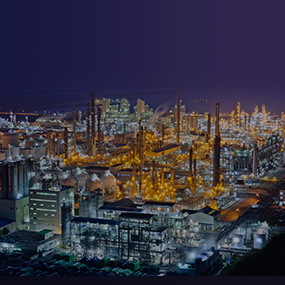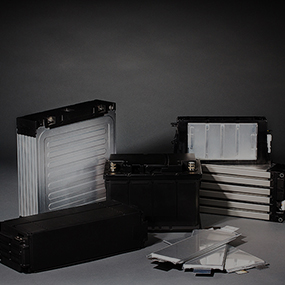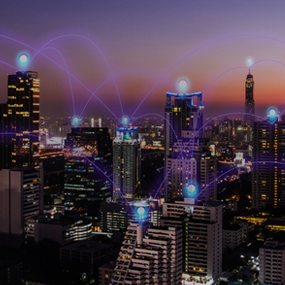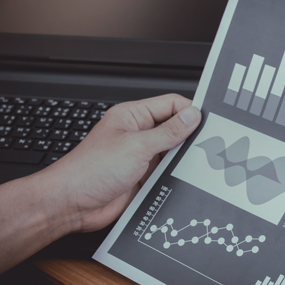LG Chairman Kwang Mo Koo Visits Cathode Plant to Check on Battery Supply Chain Strategy
2023.04.18■ Chairman Koo visited LG Chem’s cathode materials plant in Cheongju, South Korea to get a status report on the company’s global battery supply chain strategy.
□ Amidst fast growth of the EV battery market, Koo emphasized the importance of the cathodes as a key material in the battery value chain and checked on its production status.
■ LG Chem’s Cheongju plant is the cornerstone of the company’s cathode material production, serving as a global control tower.
□ Its annual production capacity of 70,000 tons is enough to manufacture batteries for about 700,000 high-performance battery-powered electric cars.
□ Cathodes account for more than 40% of the battery production cost and are key materials that can determine performance such as capacity and lifespan.
■ LG Chem produces 120,000 tons of cathode materials globally, including the Cheongju plant.
□ When the Gumi production line, whose construction will be completed this year, goes live, the production capacity will be expanded to 180,000 tons per year by 2024.
On April 17, 2023, LG Corp. Chairman and CEO Kwang Mo Koo visited LG Chem’s production facility for cathode materials in Cheongju, Chungcheongbuk-do to review the battery materials supply chain and production strategies.
He was accompanied by LG Corp. COO Kwon Bong-seok (Vice Chairman), LG Corp. Chief Strategy & Investment Officer Hong Bum-shik (President), and LG Chem Head of Battery Materials Business Unit Lee Hyang-mok (Executive Vice President).
Koo carefully inspected the cathode production lines and examined the production status and global supply chain strategies.
At the heart of LG Chem's cathode materials production lies this plant, serving as the control tower for global production. Cathodes take up over 40% of the battery production cost and are key materials that can determine battery performance such as capacity and lifespan.
Chairman Koo stressed the importance of the global supply chain of cathode materials and encouraged those working at the plant.
“Cathodes are a key foundation and a growth driver for our battery business. It’s important to build on our leadership position,” he said.
The purpose of this visit was to evaluate the global supply chain strategy amid the rapidly growing EV battery market and explore proactive measures to adapt to changes in the global battery materials market, such as the US Inflation Reduction Act (IRA) and the European Critical Raw Materials Act (CRMA).
LG Chem believes that because the battery industry is currently going through rapid and volatile changes, it is necessary to be more sensitive to such changes and set up a stable supply chain early.
Its Cheongju plant manufactures high-nickel NCMA (nickel, cobalt, manganese, and aluminum) cathode materials for next-generation EV batteries. As the culmination of LG Chem’s materials technology, the NCMA cathodes have an increased nickel content, which determines energy density, and use highly stable aluminum to improve both the output and stability of the battery.
At the moment, the Cheongju plant can produce around 70,000 tons of cathode materials annually. Which is enough to manufacture batteries for about 700,000 battery electric cars (driving range of 500km).
LG Chem currently produces 120,000 tons of cathode materials globally, including the Cheongju plant. When the new Gumi plant in Gyeongsangbuk-do, whose construction will be completed this year, becomes operational, its capacity will be expanded to 180,000 tons annually by 2024. It is enough to power 1.8 million high-performance EV batteries.
LG Chem has been increasing its production capacity to meet the rising demand for cathodes from global EV OEMs. It has set a goal of quadrupling the sales of its battery materials business including cathodes, from about five trillion won in 2020 to 20 trillion won by 2027.
